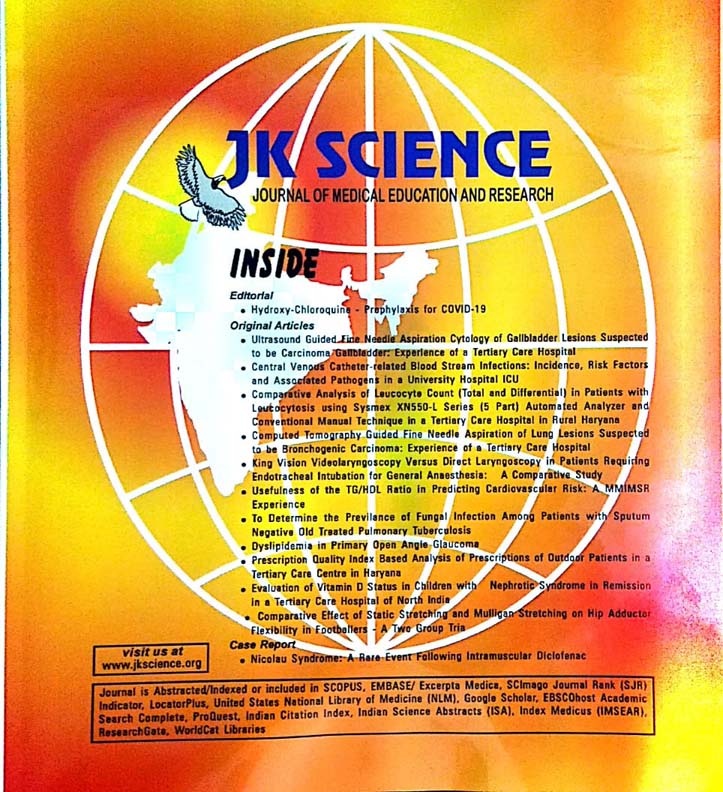A Comparative Study of Dienogest Versus Medroxyprogesterone Acetate in Endometriosis- Associated Dysmenorrhea and Menstrual Irregularities: A Randomized Trial
Keywords:
Dienogest, Medroxyprogesterone Acetate, Endometriosis, DysmenorrheaAbstract
Background: Endometriosis is a chronic gynecologic disease that is dependent on estrogen and is associated with the existence of endometrial glands and stroma outside the uterus. It has been demonstrated that dienogest significantly and fairly effectively alleviates endometriosis-related symptoms such as dysmenorrhea and irregular menstruation.
Material and Methods: This was a randomized, prospective, comparative, open-label study. For 12 weeks, Group A (n=30) received Dienogest 2 mg OD while Group B (n=30) received Medroxyprogesterone acetate (MPA) 10 mg BD. The patients were assessed at 4, 8, and 12 weeks to observe the VAS Score for dysmenorrhea, number of patients having dysmenorrhea, number of patients having irregular menstrual cycles. Adverse drug reactions (ADRs) were recorded for safety assessment.
Results: After 12 weeks, VAS score & number of patients experiencing dysmenorrhea decreased in both groups significantly. Dienogest depicted better response than MPA in the reduction of VAS score (95.99% versus 84.91%; p-value=0.048) & reduction in the number of patients having dysmenorrhea after 12 weeks (6.67% versus 26.67%; p-value=0.038) and the difference was statistically significant. MPA group had a greater number of ADRs.
Conclusion: Dienogest is significantly more effective than MPA, especially for dysmenorrhea. Dienogest shows better tolerability than MPA.
Downloads
Downloads
Published
How to Cite
Issue
Section
License
Copyright (c) 2024 JK Science: Journal of Medical Education & Research

This work is licensed under a Creative Commons Attribution-NonCommercial-ShareAlike 4.0 International License.





